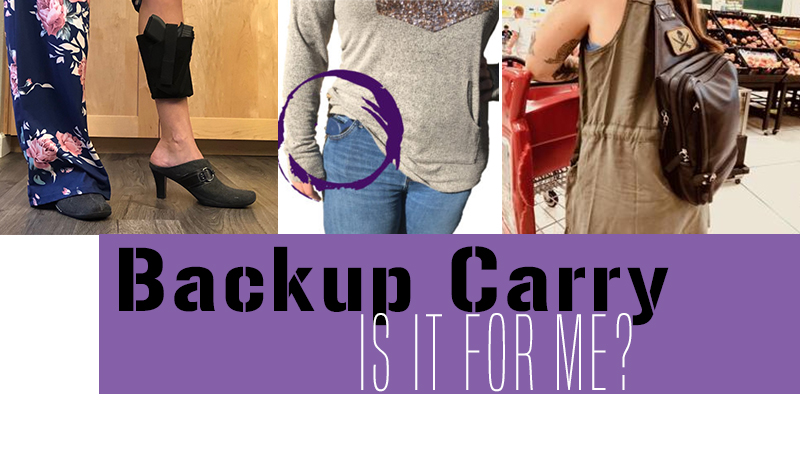
Backup Carry: Is It For Me?
Backup Carry: What is it and do I need to be doing it?
When you think about concealed carry you think of one gun carried in one spot every day – enough to think about, right? In this article, I will discuss what it is, why you would need it, and how to do it.
What is it?
Backup carry is just as it sounds – it is carrying a second gun as a backup. In the event your primary carry malfunctions or for any reason becomes inoperable you can fall back on your secondary carry gun. It is the same idea as carrying a backup magazine for the “just in case” scenario.
Backup carry could also be the carrying of another self-defense tool such as a knife. This may be a little easier to conceal and carry but it is important to realize there is training that goes along with knife carry as well. You will need to practice the draw on this just as you would with a gun. You will also have to practice how to use a knife in a self-defense situation. Being able to handle and use a knife correctly could be the difference in a struggle.
Why Would I Carry a Backup Gun?
There are a few reasons one would carry a backup gun, let’s go over them:
- As mentioned above: if your primary gun were to malfunction and you could not get it functional quickly, you would have a backup.
- A backup gun could also be used if you were to go through all your primary carry rounds and your backup magazine – you would have more firepower if needed.
- If you were to lose your primary gun in a scuffle, while running to cover, or for any other reason, you would still have a gun to defend yourself with.
- If you are with others when attacked, you could give your backup gun to one of them so they could help defend you and your party.
- Sometimes drawing your backup gun could be faster and more efficient than trying to fix a malfunction – it’s vital that you know your abilities and know the different types of malfunctions and what it takes to clear them.
- If your dominant hand is injured or is being wrestled for your primary gun- you would have a backup gun that you could draw and use with your non-dominant hand
How Do I Start Using a Backup Carry?
First, you HAVE to check if it is legal in your jurisdiction to carry a backup gun. It is not legal in some areas.
Next, you will want to choose your secondary gun. Characteristics of your backup gun typically include:
- A gun you can shoot and manipulate with both your dominant hand and your non-dominant hand
- One that is a little smaller than your primary carry
- One that will conceal and fit well in a secondary location
Train with your backup gun. Practice drawing and shooting with both your dominant and non-dominant hand, two and one-handed.
Carry Locations
You want to carry in a spot that is accessible to both hands. Keep in mind that you may need to draw it with either hand. This means whichever way you choose to carry your backup carry, you have to practice, practice, practice your draw. It should be considered as important as your primary carry – a backup is no good to you if you are not able to access it or shoot it effectively.
A common area to carry a backup gun and one that is typically very comfortable for women is the ankle. But honestly, you can carry your backup gun in any location.
Ankle Backup Carry
Pros:
- Ankle carry is very comfortable. Your legs are the strongest part of your body so you barely feel the gun. Your legs can easily take on the weight of your carry gun without causing discomfort.
- Pant legs or long dresses can provide great concealment.
Cons:
- For a correct ankle draw, you need to be able to bend your knees and crouch low to draw and then stand back up. This can be a difficult task.
- If you are trying to get away from an attack, drawing the gun is virtually impossible while running.
- You have to wear pants that have a wide enough pant leg to cover the gun with some space to conceal.
- You need to be mindful of crossing your legs or activities that may raise your pant legs.
Comfort Ankle Holster
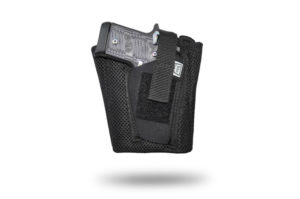
Pocket Backup Carry
Pros:
- Access can be faster because your pockets tend to be around your mid-section or “the sweet spot” where your hands typically lay.
- Full or thick jacket pocket material can create great concealment.
- ** NOTE: Never carry a gun in a pocket un-holstered. Your gun should be holstered in an appropriate pocket holster
Cons:
- If carrying in your jacket pocket, when you take your jacket off, you not only give access to your gun to unauthorized people, the gun could fall out of the pocket.
- It can be difficult to find a pocket large enough in women’s clothing.
The Sticky Holster
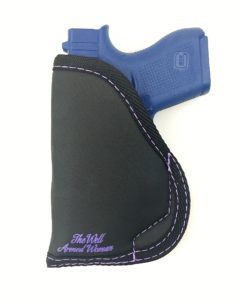
Purse Backup Carry
Pros:
- It is comfortable as you are not having a second gun and holster on your body and in your clothing.
Cons:
- Purse carry, whether as your primary or as a backup location, has its own set of concerns. These include necessitating always keeping your purse on you, the extra time and skill required to draw your gun, and having a proper purse for this purpose. If you are considering purse carry, please read this article first The Concealed Carry Purse
Final Thoughts
I find that most women don’t carry a backup gun and many aren’t even aware of it as a strategy in their self-protection. For those that choose not to carry a backup, I often hear similar reasons. The main reason being they find the carrying of one firearm challenging enough so the thought of carrying a second one is not appealing.
There is also the possibility noted by the USCCA, “If you ever are forced to shoot a firearm in self-defense, you’re pretty much going to go to court no matter what even if the shooting was completely legally justified. In that courtroom, if it’s known that you were carrying more than one gun at a time, it will be very easy for the opposing side to argue that you were ‘looking for trouble’ because you were carrying more than one gun” or something to that effect.
My suggestion is to do what you are comfortable with and carry a backup gun if it is legal in your area and you feel it necessary. Only you can determine if you are comfortable with carrying a second gun and what arguments weigh most on your decision.
Remember you can also carry a secondary form of self-defense, not a gun, such as a knife or another self-defense tool. These tools require practice and training as well and you need to be sure they are legal in your area.
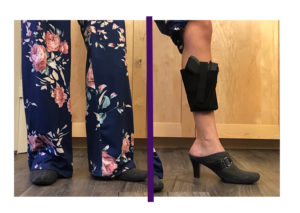
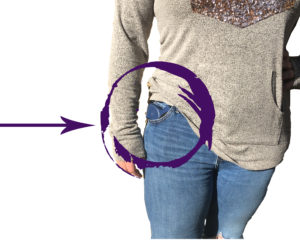
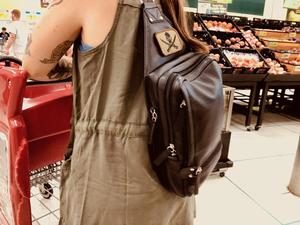
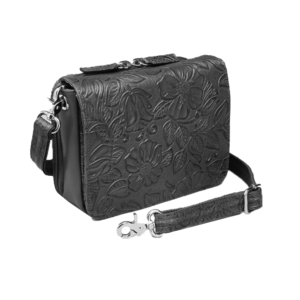
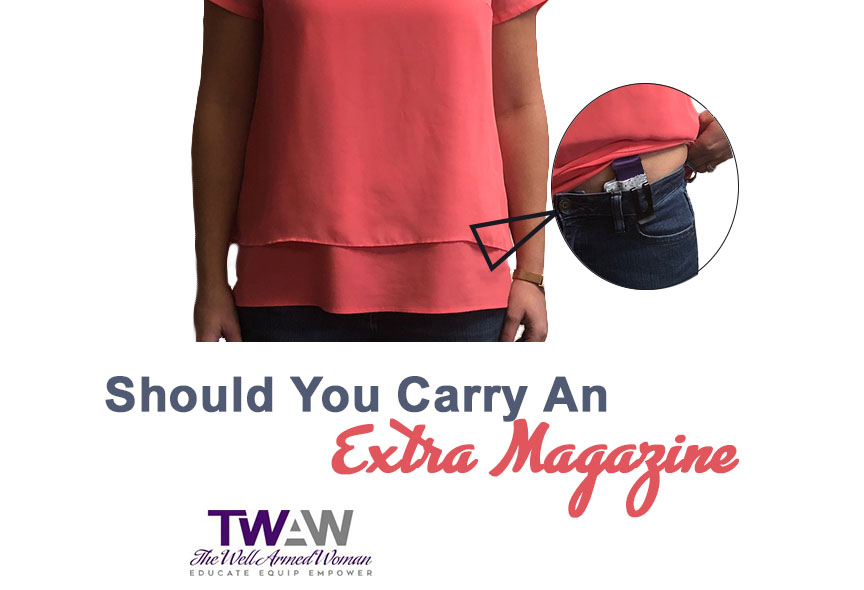
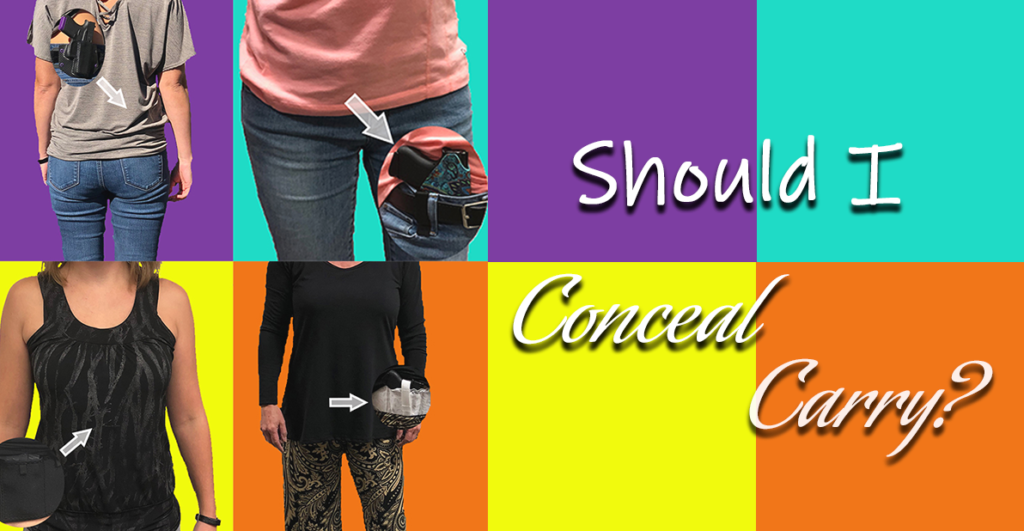
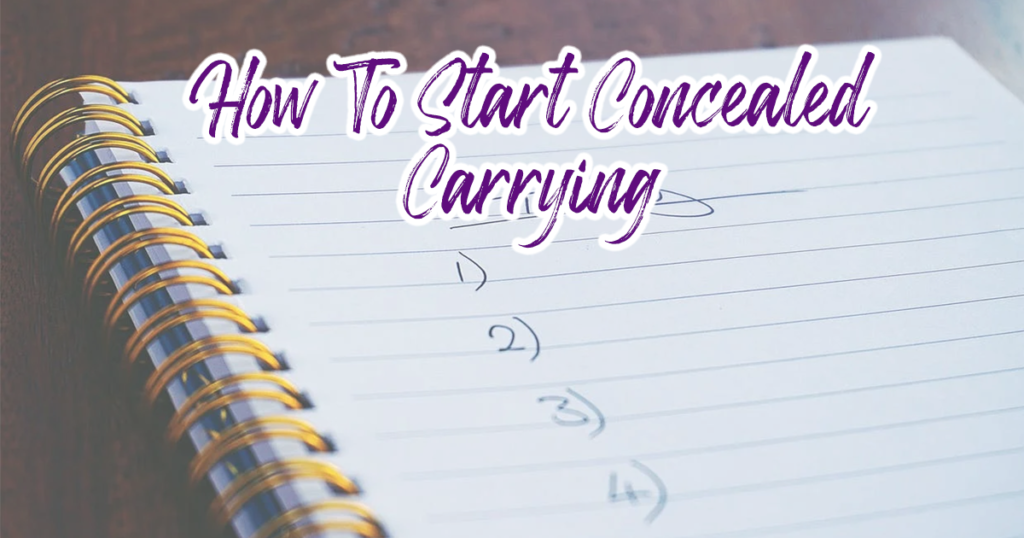
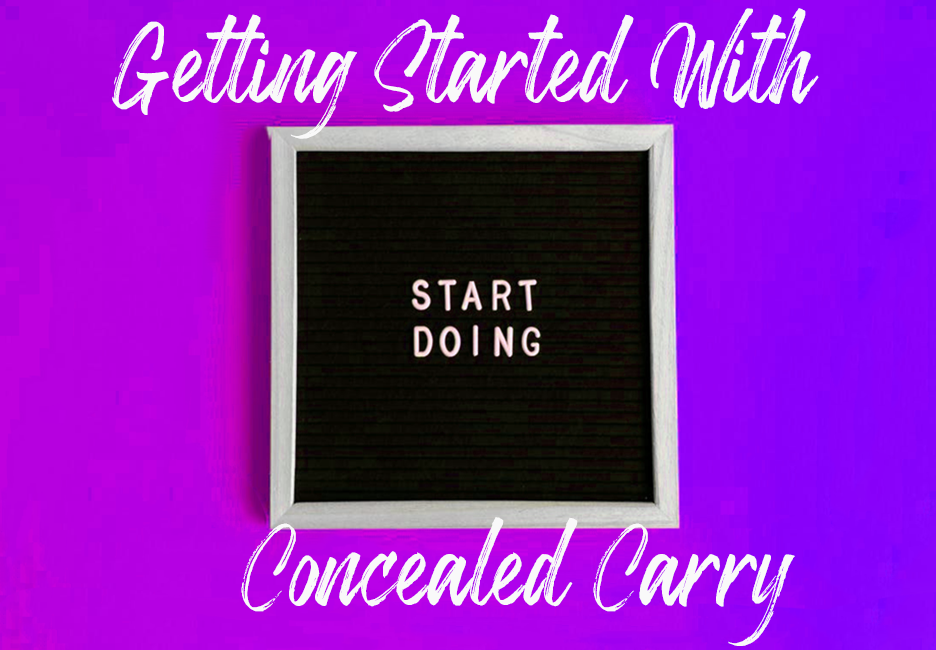
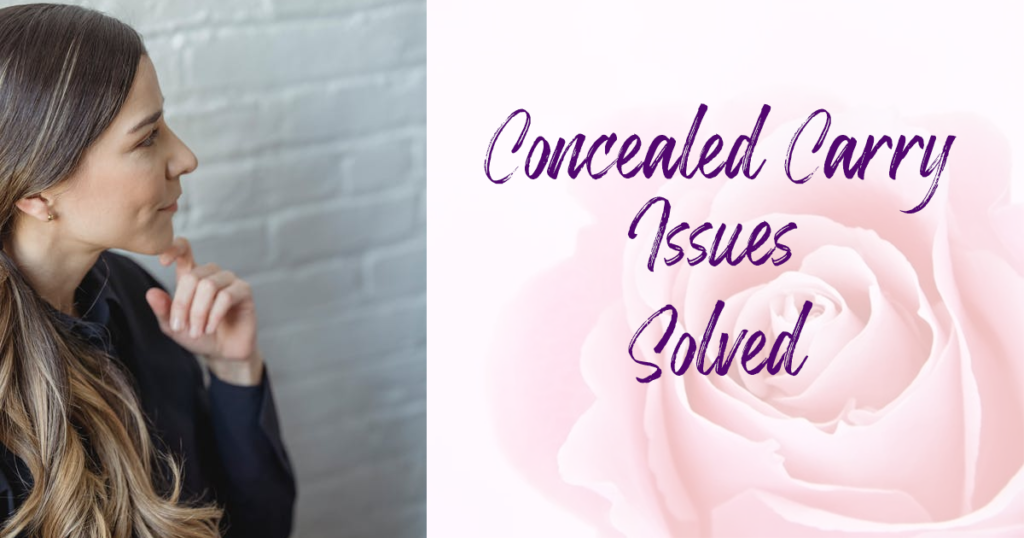
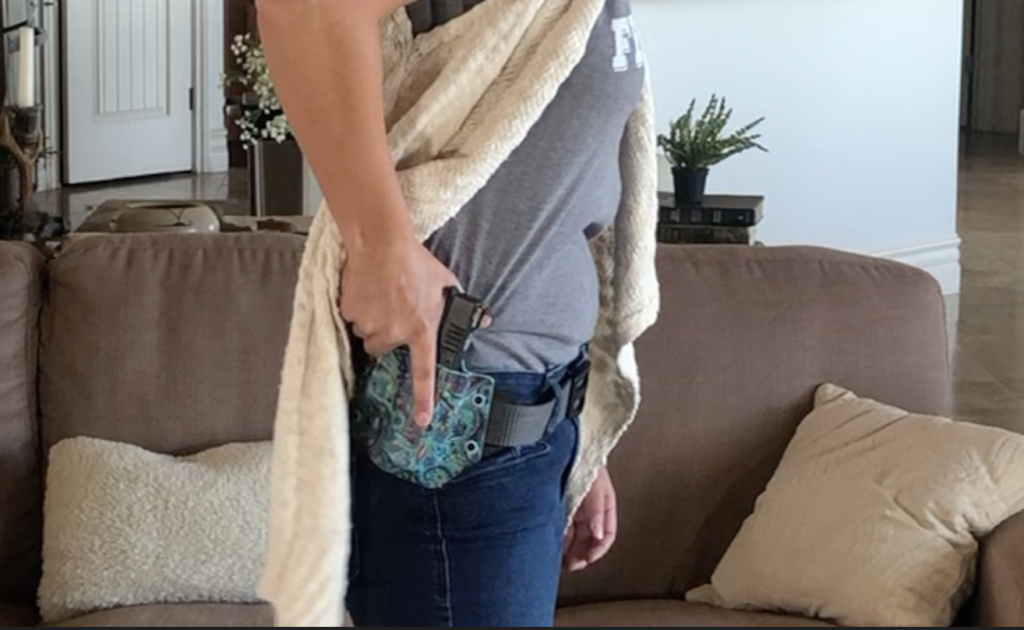
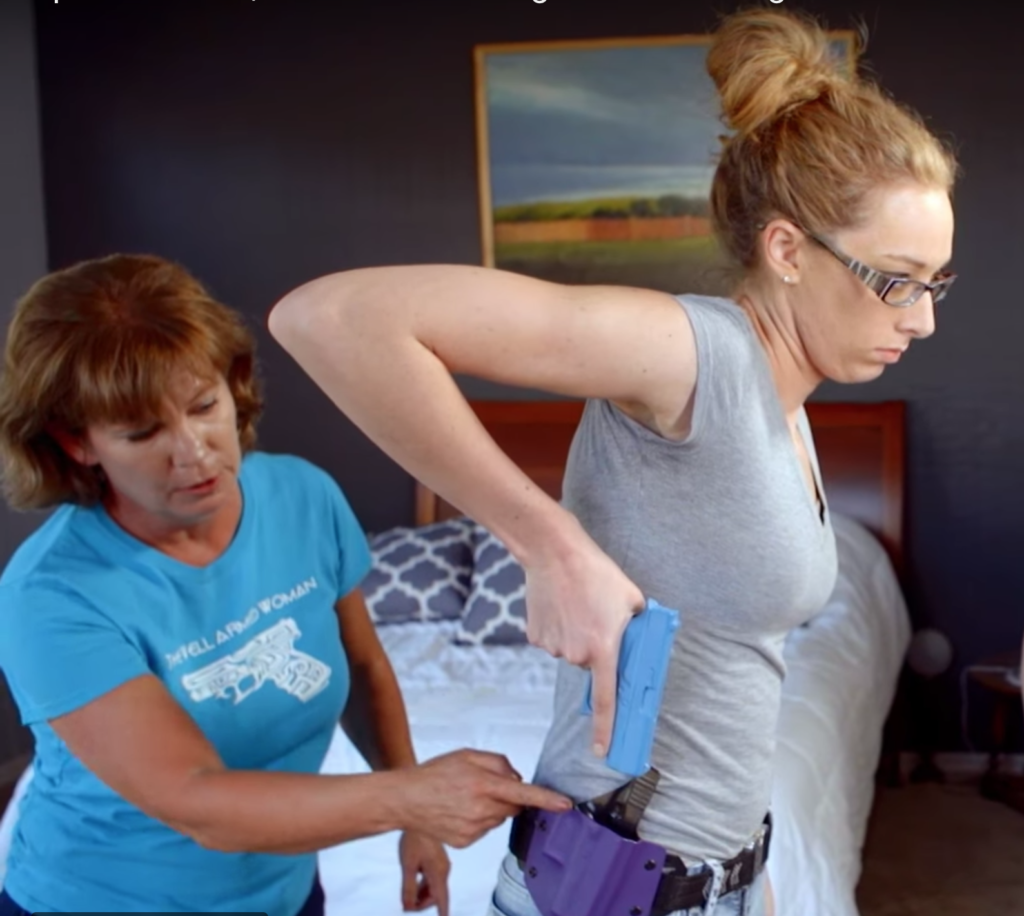

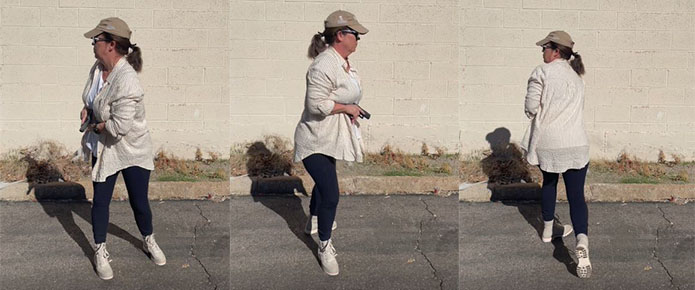
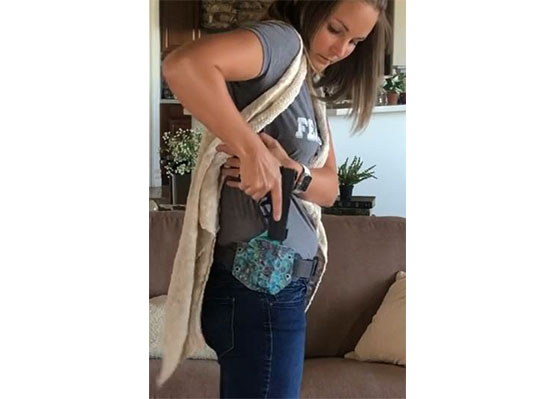
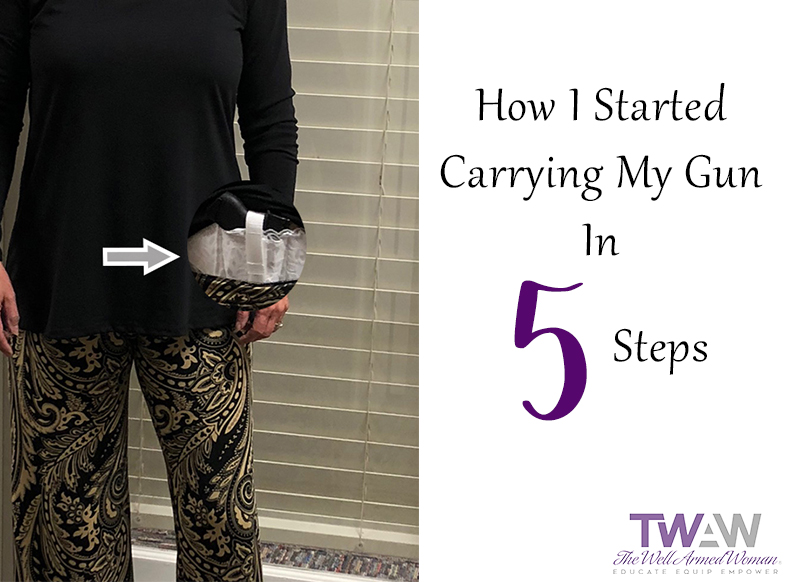
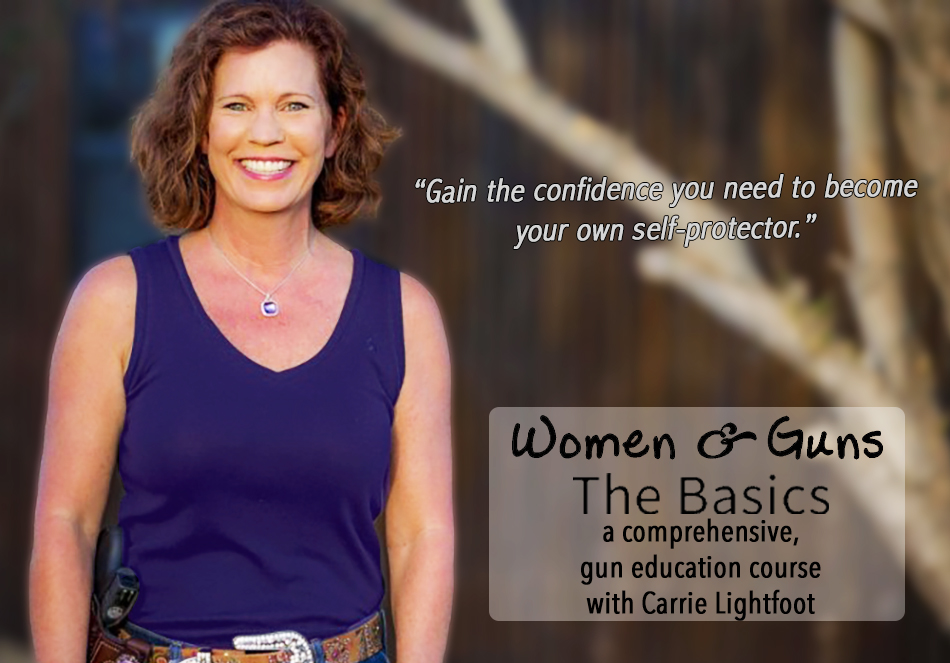
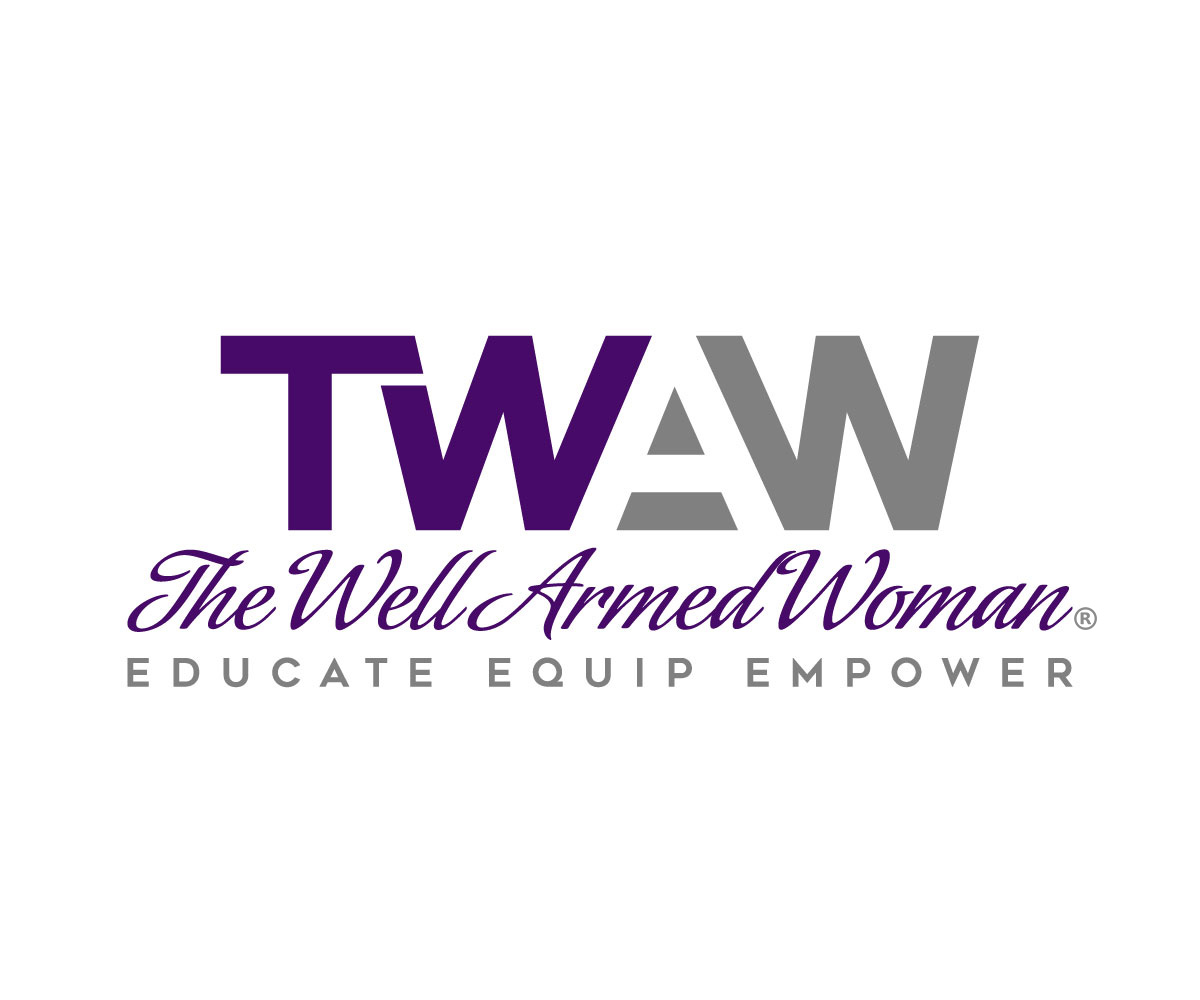
My primary gun, a Beretta PX4 Storm Subcompact, is a bit too large for pocket carry. But I have concluded that pocket carry may be the only way to conceal it in some situations. My solution? Make my pockets bigger! I’m planning on doing that real soon, so I can see if pocket carry will work with my gun.
Do you consider a knife, pepper spray, or a personal alarm to be backups?
I ask only that sometimes those can also be used for personal protection when an additional firearm and or ammunition is not possible or affordable.
It is an additional, though not always lethal, consideration.
Thanks as always for sharing the information and continuing to empower all of us.